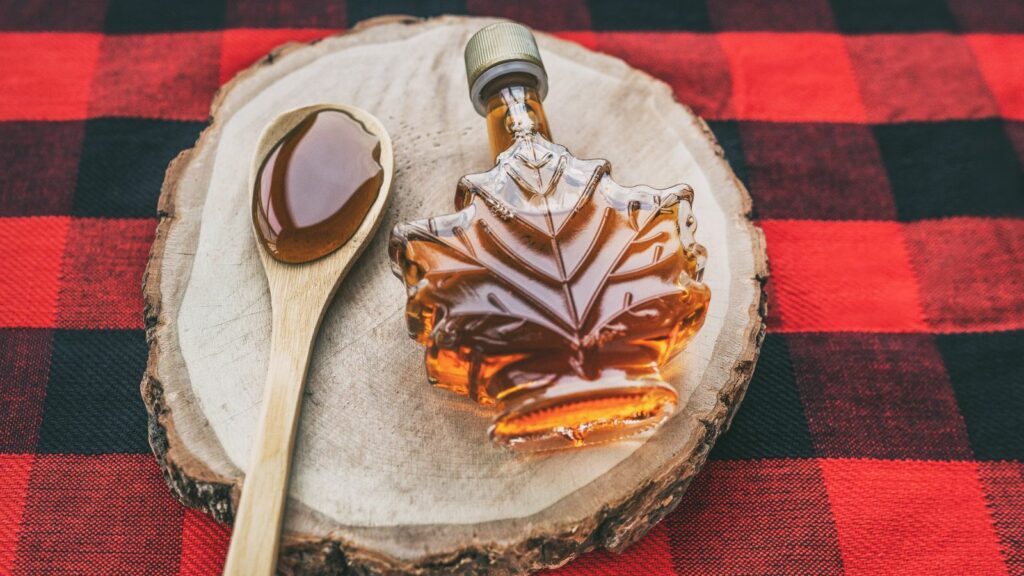Canada is known for its stunning landscapes, polite people, and deep-rooted cultural traditions that have shaped its identity for generations. From coast to coast, rituals once woven into daily life are starting to fade. Some have been overshadowed by modern convenience, others replaced by global trends or overlooked in the fast-paced digital age. Let’s take a look at 20 famous Canadian traditions younger generations are forgetting.
Tapping Maple Trees for Syrup

Once a treasured family activity in early spring, tapping maple trees is no longer as common as it used to be. Instead of collecting sap and boiling it down in sugar shacks, most younger Canadians simply grab their syrup off the store shelf. The hands-on connection to this sweet seasonal ritual is quietly slipping away and, while it’s a small tradition, it’s one that once brought communities together every year.
Sunday Family Dinners
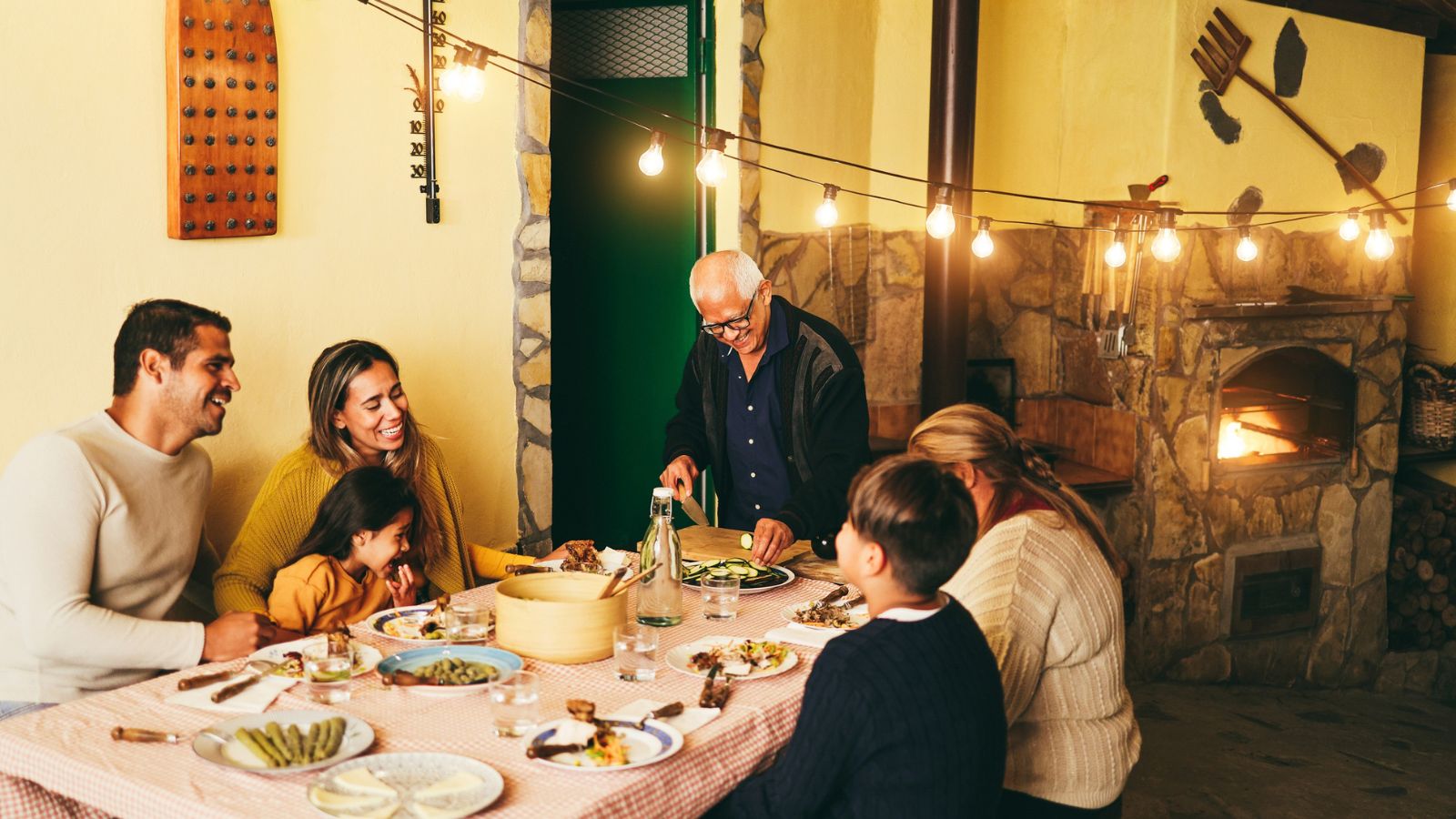
The big Sunday family meal, often with roast beef, mashed potatoes, and butter tarts, is slowly becoming a thing of the past. As modern schedules grow busier and more fragmented, families often opt for quick meals or eat separately. These weekly gatherings were once a staple for bonding and storytelling across generations, now they’re increasingly rare and easily replaced by fast food and smartphones.
Camping Without Gadgets

Traditional Canadian camping, canoeing into the wilderness, setting up tents, and sitting around a fire without screens, used to be a summer rite of passage. Today, it’s common to bring tech into the woods, changing the experience completely. Nature still calls, but fewer are answering in the same unplugged way. The peaceful simplicity of old-school camping is fading under glowing screens.
Celebrating Victoria Day with Parades and Fireworks

Victoria Day, once celebrated with lively parades, picnics, and neighborhood fireworks, is now mostly just viewed as a long weekend. For many younger Canadians, its historical significance as the monarch’s birthday is a forgotten detail. Municipalities still mark it with events, but turnout and enthusiasm have declined. It’s a celebration that used to kick off summer, now it often passes without much fanfare.
The Politeness Rituals
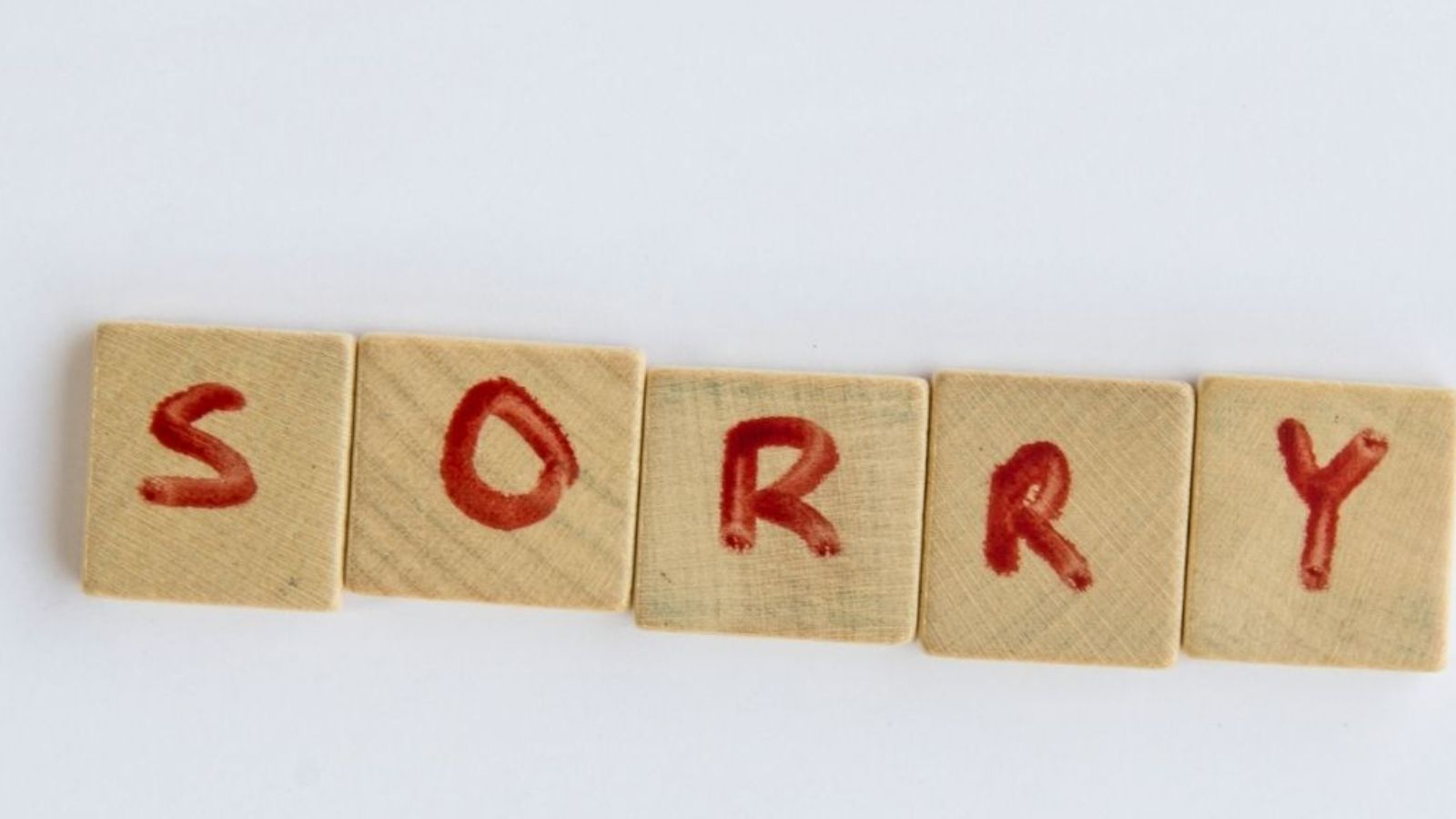
Saying “sorry” even when it’s not your fault, holding the door for strangers, and always using “please” and “thank you” used to be core parts of Canadian manners. While still present, younger generations, especially online, are less strict about these social niceties. Some see them as outdated, while others have just picked up more casual habits. The famously polite Canadian is becoming a little more modern and a little less formal.
Heritage Day Festivities

Heritage Day, meant to celebrate Canada’s diverse roots, was once a big event in schools and communities with crafts, food, and costume displays. Nowadays, the day is often overlooked or treated like any other Monday. With multiculturalism still strong, it’s surprising how little fanfare this celebration gets today. It’s a tradition that helped foster pride in Canada’s mosaic, but one that’s slipping away.
Curling Club Socials

Curling was never just a sport, it was a social gathering. Small-town curling clubs were once buzzing hubs of winter life, bringing people together on and off the ice. But many clubs are seeing membership decline as younger folks turn to trendier fitness or digital entertainment. The spirit of bonspiels and broomstacking is harder to find now, even in winter-loving Canada.
Sending Christmas Cards by Mail

Holiday cards with handwritten messages, glittery scenes, and Canada Post stamps used to be an annual ritual. Now, digital greetings, texts, or social media shout-outs have taken their place. The charm of opening a real envelope from a friend or family member is slowly becoming a rare pleasure and the personal touch is being replaced by convenience.
Wearing the Red Poppy with Meaning
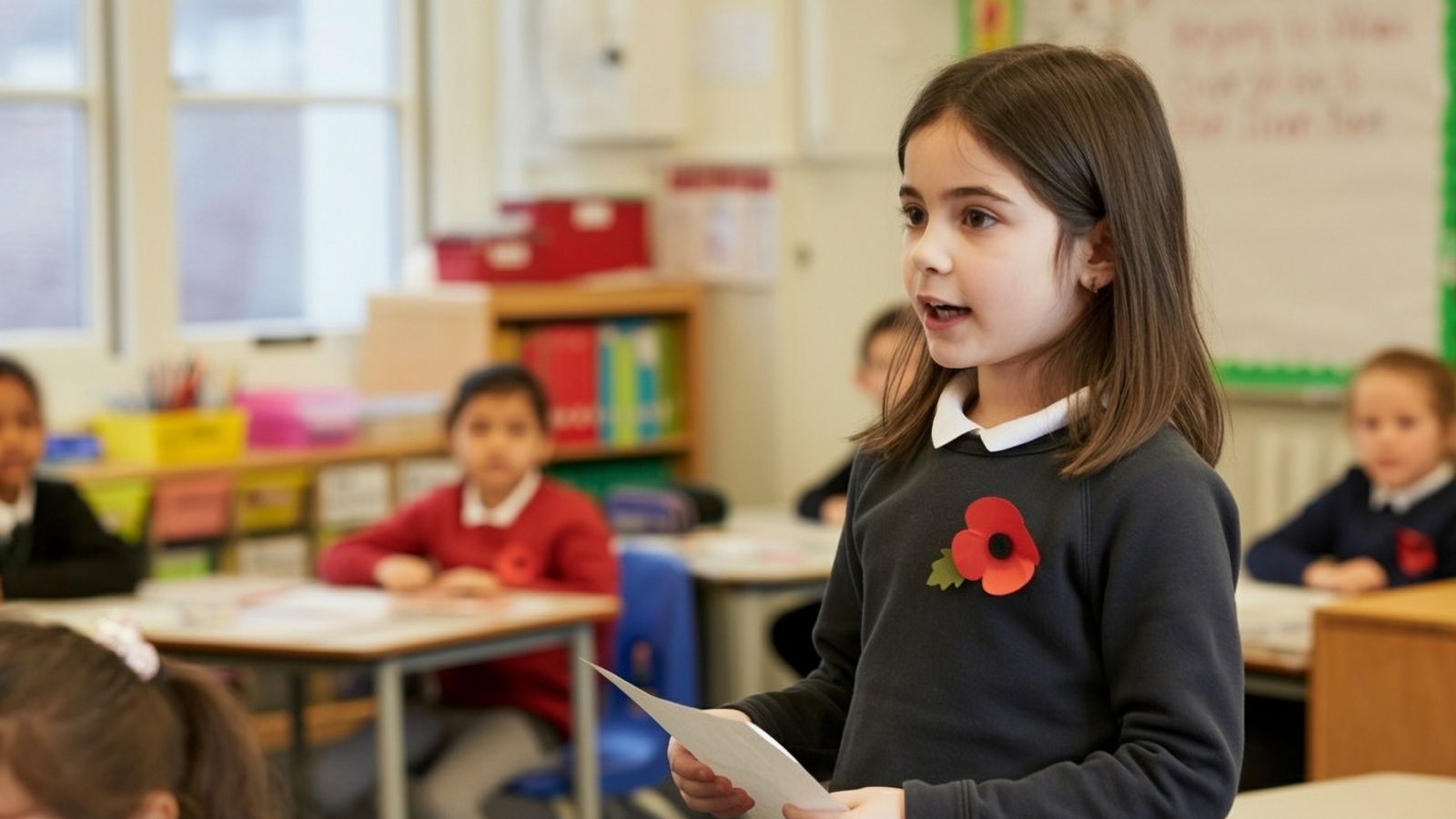
Wearing a poppy leading up to Remembrance Day was once a quiet act of national respect. While many still participate, the deeper meaning can be lost or skipped altogether by younger Canadians. Some see it as outdated or forget to wear one entirely, while others see it as a small gesture with a big history that shouldn’t be so easily dismissed.
Pow Wows and Indigenous Celebrations
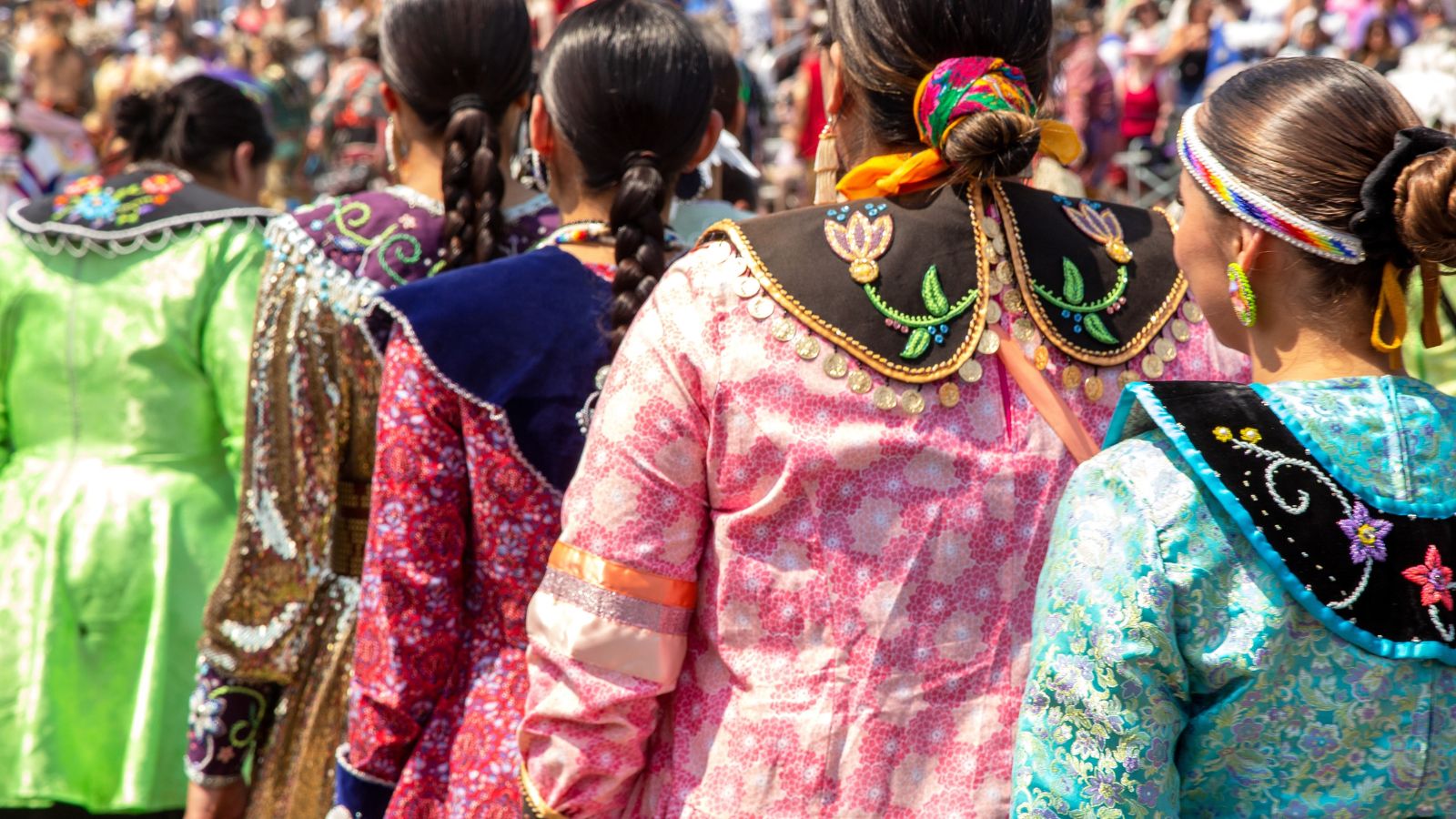
Though still held and deeply valued by Indigenous communities, Pow Wows and cultural gatherings aren’t always attended or appreciated by the broader public as they once were. Younger generations outside these communities may not engage or understand the significance of these events. There’s growing awareness, but also a fading connection for those who don’t take time to participate.
Making Bannock from Scratch
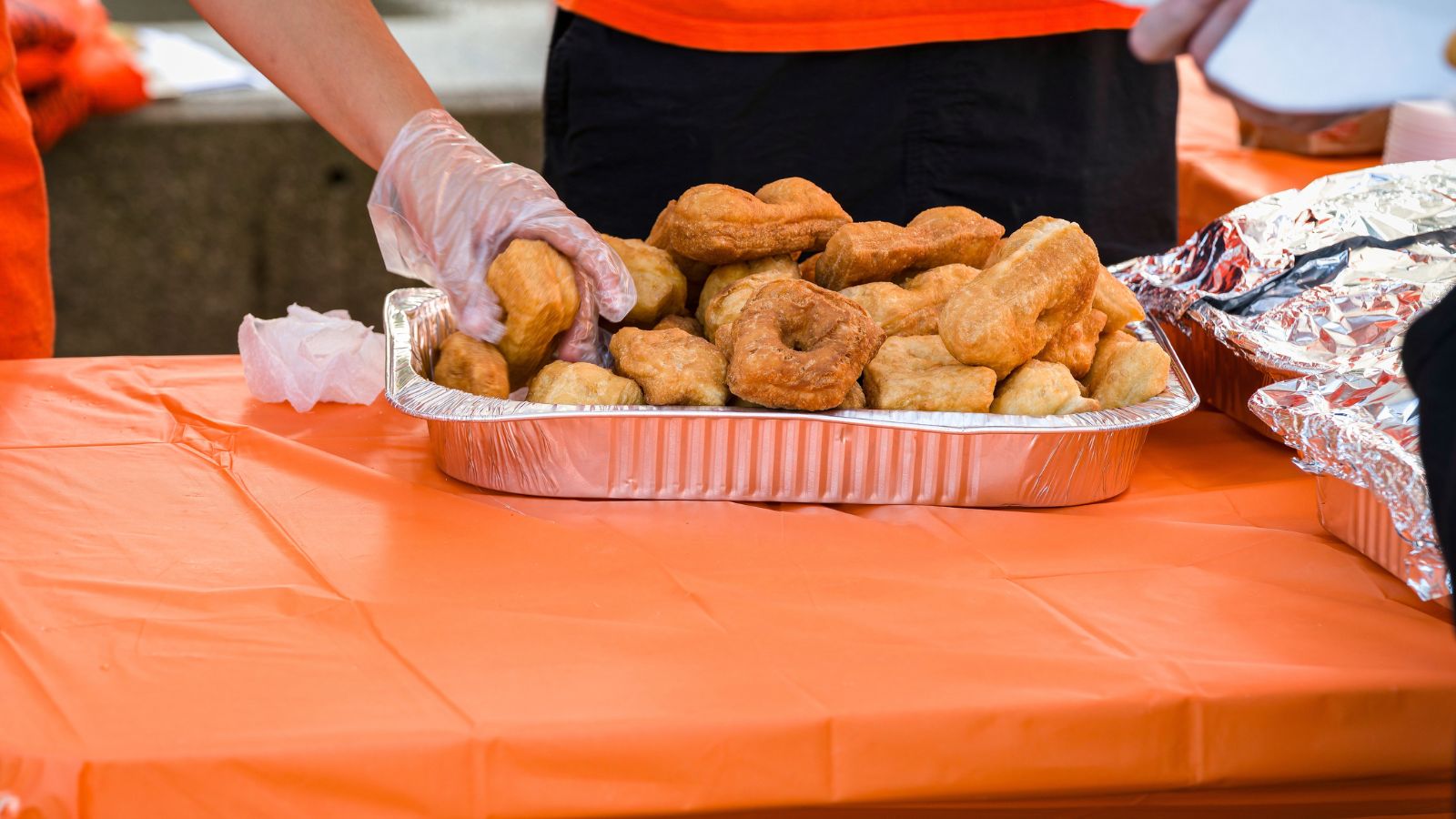
This Indigenous bread, often cooked over a fire or in a pan, was once a common homemade food across Canada. Today, you’re more likely to find it at a cultural event or festival than in someone’s kitchen. The act of making bannock—simple, hearty, and full of meaning—isn’t taught or passed down as widely anymore. It’s a tasty tradition that’s too often left behind.
Maple Taffy on Snow
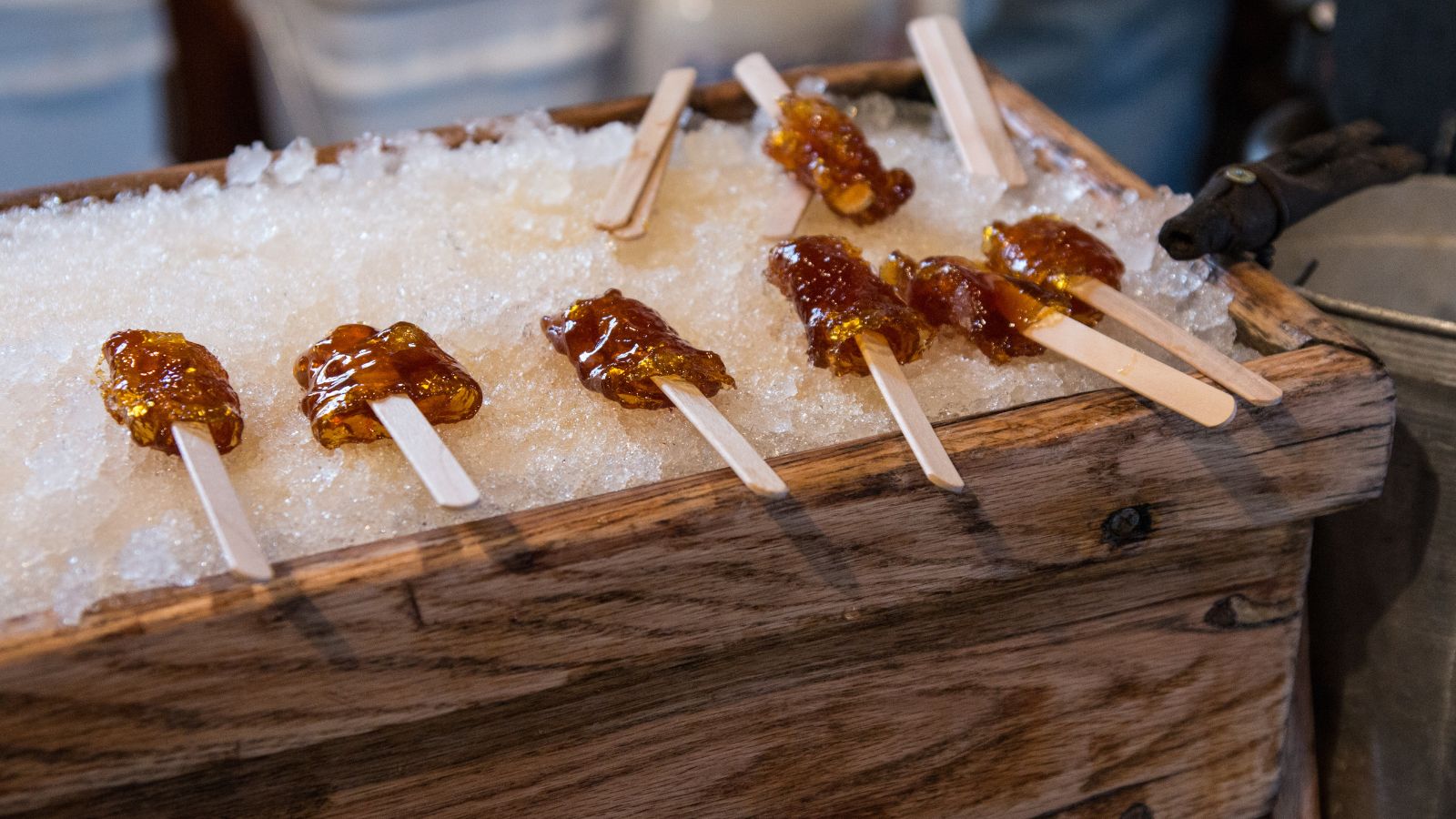
Rolling hot maple syrup onto snow and watching it harden into chewy candy was once a favorite winter treat. It’s a fun, hands-on experience, but one that’s now mostly limited to sugar shacks or festivals. Many Canadian kids today haven’t tried it, or even heard of it. It’s a simple joy that’s quietly vanishing from backyards and rural schoolyards.
Wearing Canadian Tuxedos

The all-denim outfit, known proudly as the Canadian tuxedo, used to be worn unironically from coast to coast. These days, it’s more of a nostalgic fashion joke than a wardrobe choice. With fast fashion and international trends taking over, the denim-on-denim look has been largely left behind, but it was once a symbol of Canadian ruggedness and style.
Local Fall Fairs

Fall fairs with pie contests, midway rides, 4-H competitions, and tractor pulls were once the highlight of small-town life. Many still happen, but fewer young people attend or volunteer. The charm of these hyper-local celebrations is fading under the weight of urbanization and screen-based entertainment.
Skating on Frozen Rivers and Ponds
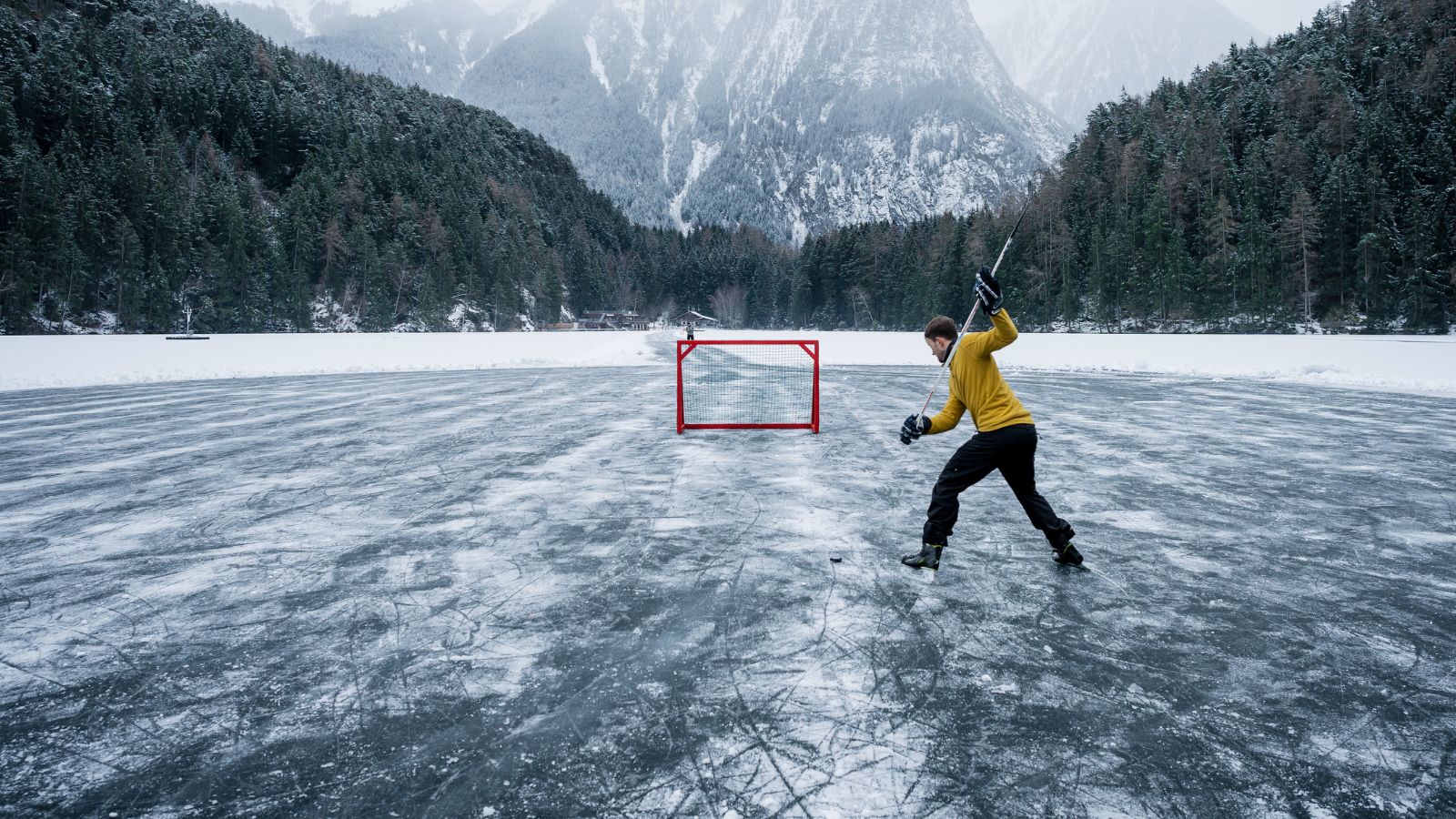
Before indoor rinks became the norm, Canadians learned to skate on local ponds, lakes, or rivers. It was a true outdoor experience that made winter magical. But safety concerns, climate change, and the convenience of artificial rinks have made it less common. That natural, spontaneous joy of outdoor skating is something fewer kids get to enjoy today.
Singing the National Anthem in Schools
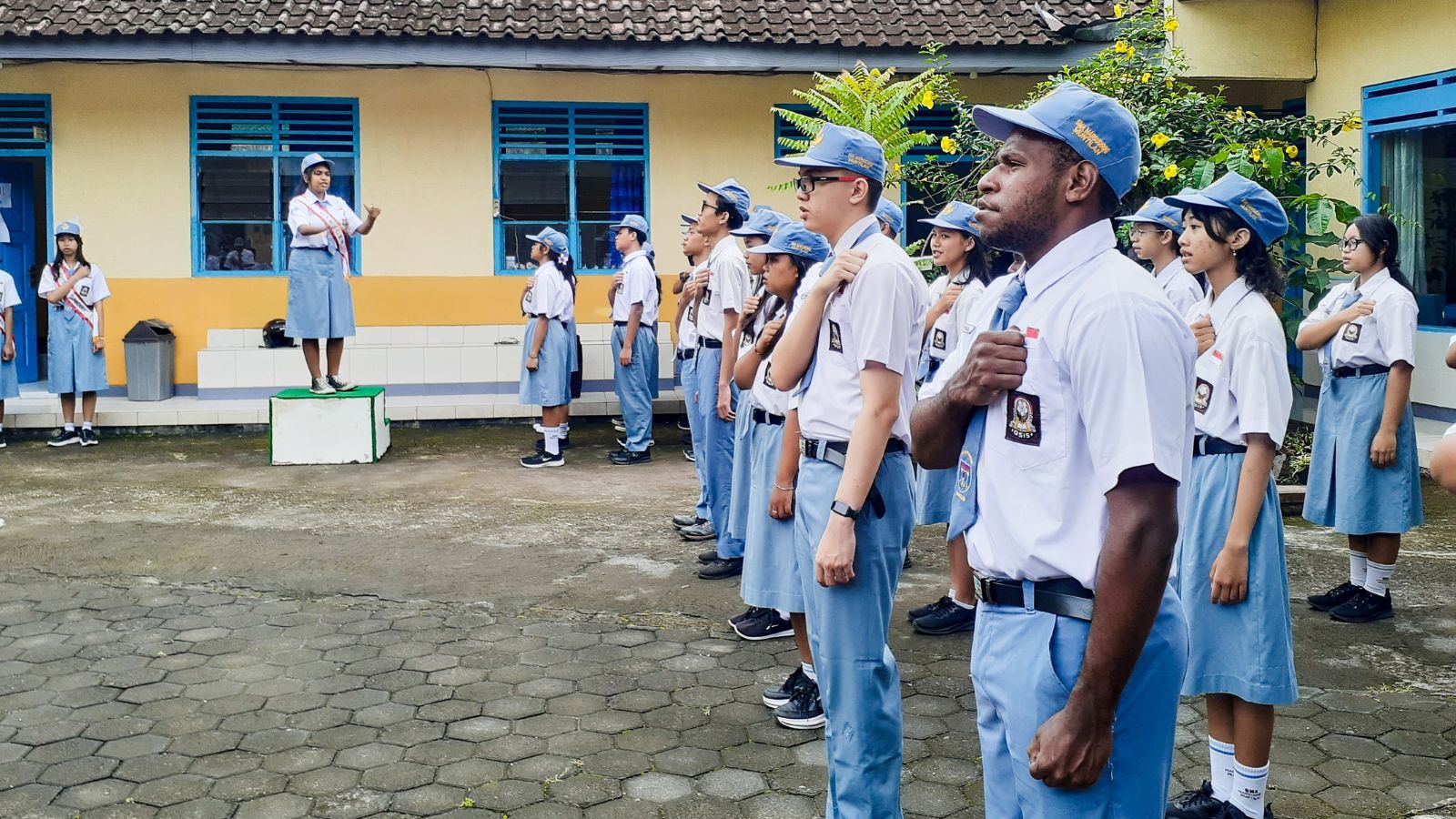
O Canada used to be sung daily in most public schools. In many places, it still is—but the practice has become inconsistent. Some schools have stopped the tradition altogether, and fewer students know all the words. It was once a unifying, patriotic moment each morning, now replaced by more neutral or modern routines.
The Community Block Party

Neighborhood-wide barbecues, potlucks, and lawn games once defined Canadian summers. With busy schedules, social media, and less door-to-door interaction, these events are rare. Younger generations might attend the odd city event, but they’re less likely to know or plan something with their neighbors. The tradition of hyper-local community bonding is harder to find.
Collecting Hockey Cards
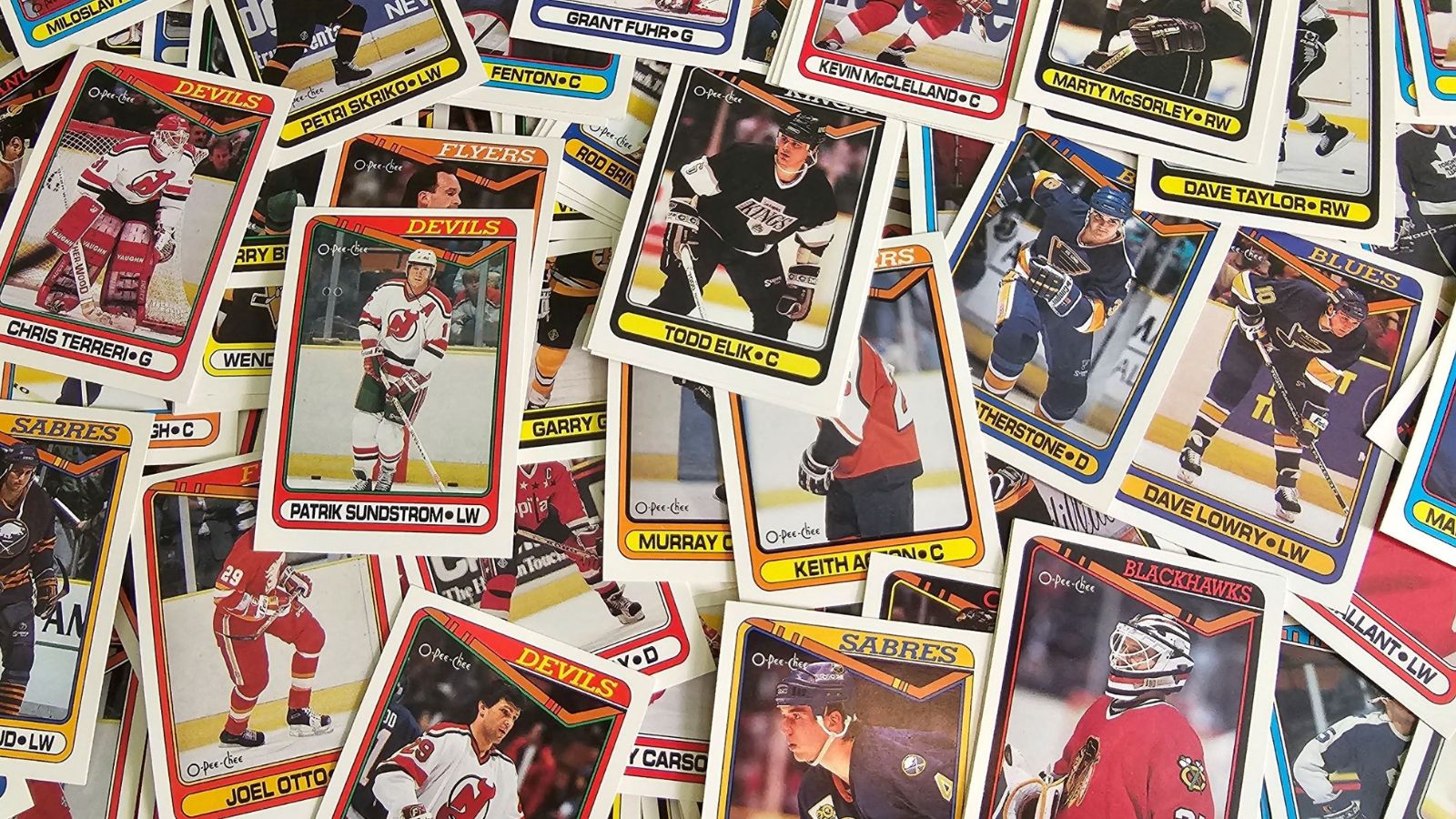
Before video games and TikTok, kids traded and collected hockey cards like treasures. Completing a set or getting a rare rookie card was a big deal. While the hobby still exists, it’s not the childhood staple it once was. Many younger Canadians skip the binder in favor of digital screens and fast-paced entertainment.
Toque-Knitting and Quilting Circles

Once a generational skill passed down from grandparents, knitting toques or quilting with friends used to be both creative and social. These gatherings helped build friendships, teach patience, and create something useful. Today, crafting is making a small comeback online, but the traditional social circles behind it are fading.
Moose and Goose Dinners
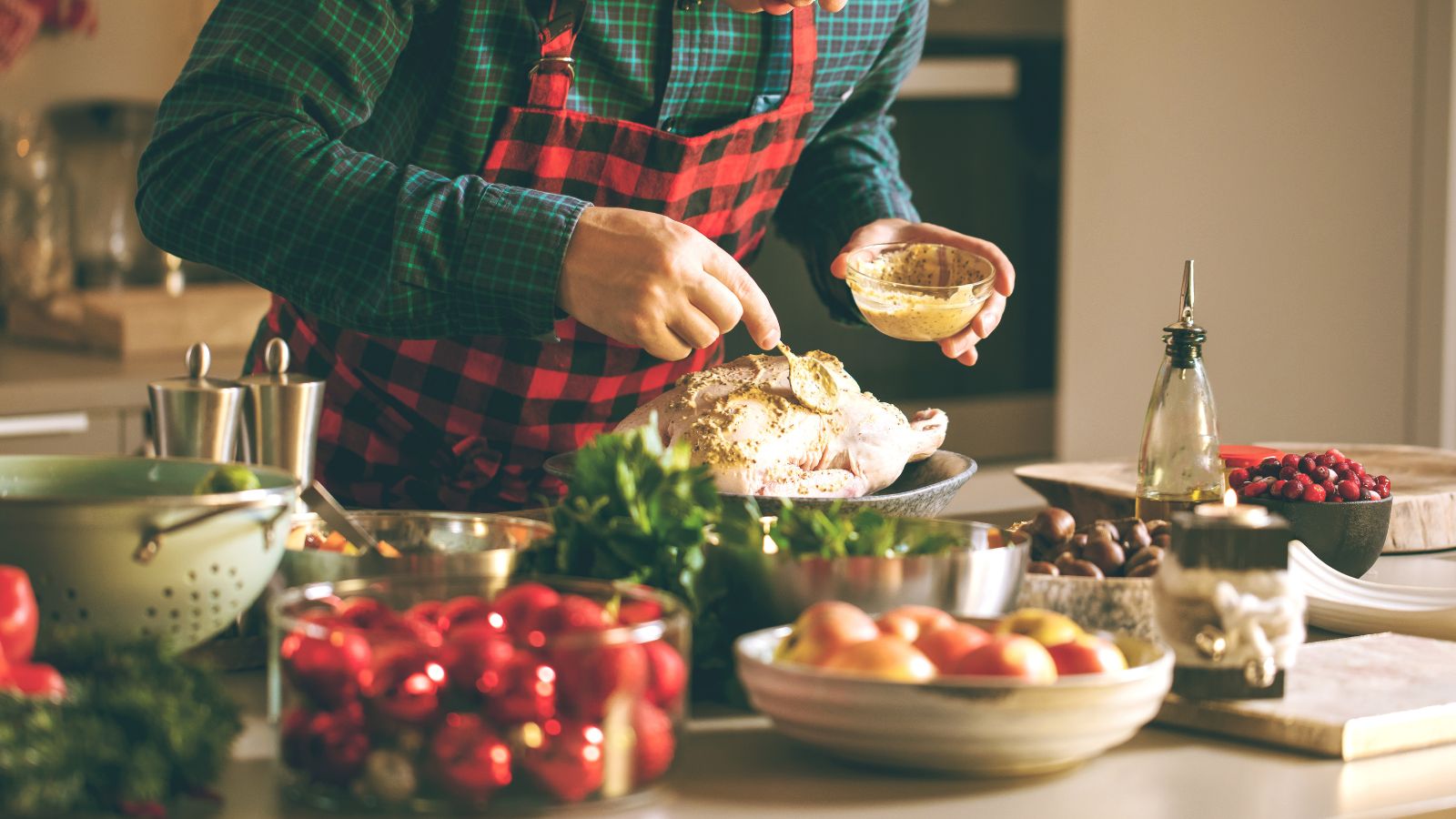
Community feasts featuring wild game, like moose, goose, or caribou, were once an annual highlight, especially in rural or Northern communities. These meals weren’t just about food; they were about storytelling, gratitude, and local pride. Now, due to changing diets, hunting regulations, and urbanization, they happen far less often, meaning a truly Canadian culinary experience is being lost to time
22 Times Canadian Ingenuity Left the U.S. in the Dust

When people think of innovation, they often picture Silicon Valley. However, Canada has a history of innovation, too. Whether it’s redefining sports, revolutionizing medicine, or just showing America up at its own game, Canadian inventors, thinkers, and dreamers have had their fair share of mic-drop moments. Here are 22 times Canadian ingenuity left the U.S. in the dust.
22 Times Canadian Ingenuity Left the U.S. in the Dust
